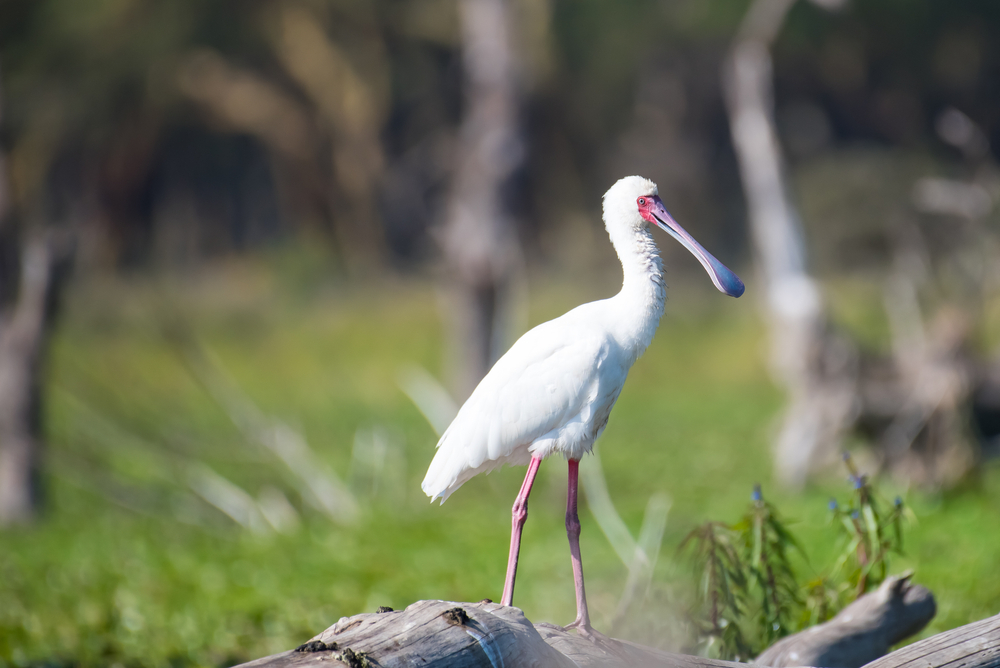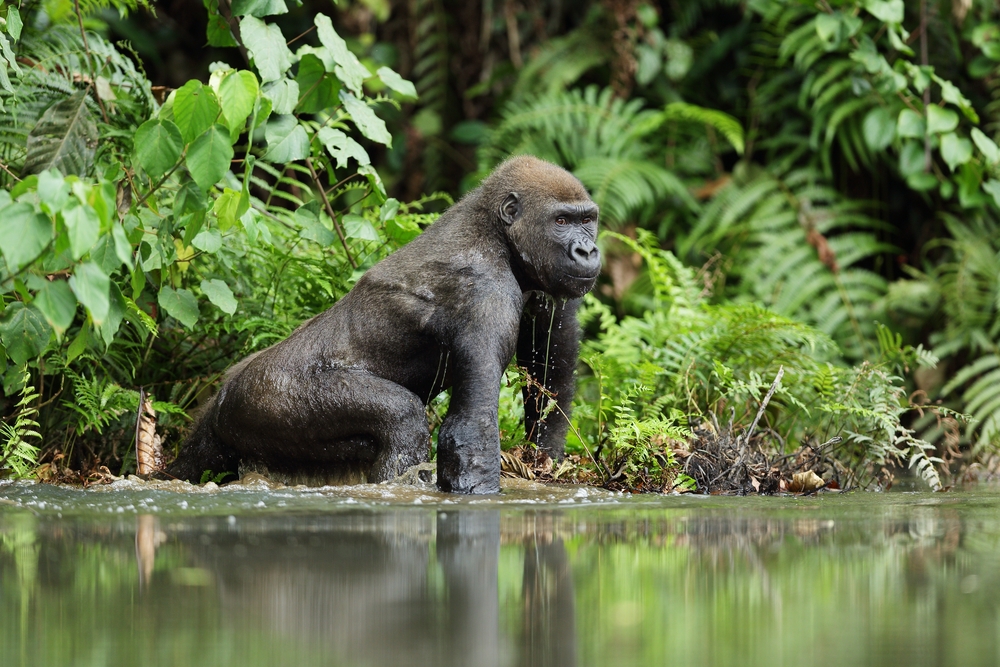Akanda Overview
Akanda National Park, locally known as “Parc National d’Akanda”, is one of Gabon’s most important coastal protected areas, located near the capital city, Libreville. Spanning approximately 540 square kilometers (208 square miles), the park is renowned for its extensive mangrove forests, tidal mudflats, and network of estuaries, making it a critical ecosystem for marine and birdlife. Akanda serves as an ecological hub that balances biodiversity conservation with the livelihoods of local communities reliant on its natural resources.
The park’s terrain is dominated by mangroves, interspersed with open mudflats and seagrass beds, which are essential for maintaining the health of Gabon’s marine ecosystems. This unique combination of coastal and wetland habitats supports a diverse range of species. Akanda is particularly significant for migratory birds, acting as a key stopover for species traveling along the East Atlantic Flyway. Birds such as pink-backed pelicans, African spoonbills, and several species of herons are commonly observed. The park’s waters are also a haven for marine species like sea turtles, manatees, and various fish species.
Visitors to Akanda National Park can engage with its natural beauty through eco-tourism activities such as guided boat tours, birdwatching, and photography. These activities provide opportunities to explore the mangroves and estuaries while learning about the ecological importance of the area. Local community-led tours often include insights into traditional fishing practices, fostering a deeper appreciation of the connection between the environment and the livelihoods it supports.
Despite its ecological significance, Akanda National Park faces several conservation challenges. Overfishing, pollution, and the encroachment of urban development from nearby Libreville pose threats to its fragile ecosystems. Mangrove deforestation, driven by unsustainable resource extraction, further exacerbates habitat loss. Climate change, with rising sea levels and altered rainfall patterns, adds to the vulnerabilities of the park’s coastal habitats. Conservation efforts are underway, focusing on restoring degraded mangroves, implementing sustainable fishing practices, and raising awareness among local communities about the importance of preserving the park’s ecosystems.
Akanda National Park is managed under Gabon’s national park system, which emphasizes the integration of conservation and community development. Collaborative initiatives with international organizations aim to strengthen the park’s management and promote eco-tourism as a sustainable source of income for local populations. These efforts are complemented by research programs that monitor biodiversity and assess the health of the park’s ecosystems.
In summary, Akanda National Park is a vital component of Gabon’s natural heritage, showcasing the country’s commitment to coastal and marine conservation. Its unique habitats and rich biodiversity make it a treasure trove for eco-tourism and scientific exploration. Protecting Akanda’s ecosystems ensures the survival of its species and the sustainability of the resources that local communities depend on, highlighting the interconnectedness of nature and human well-being.











































































